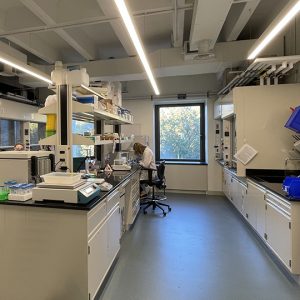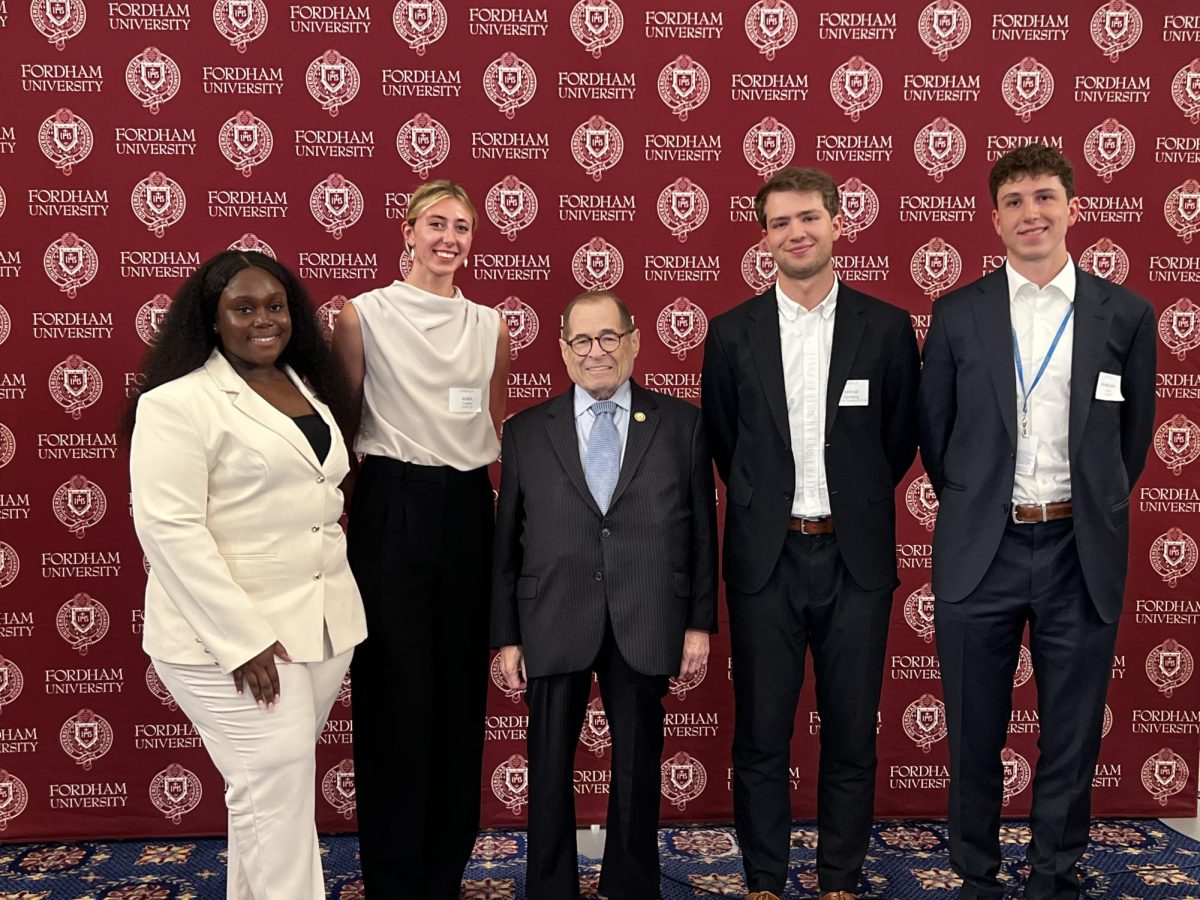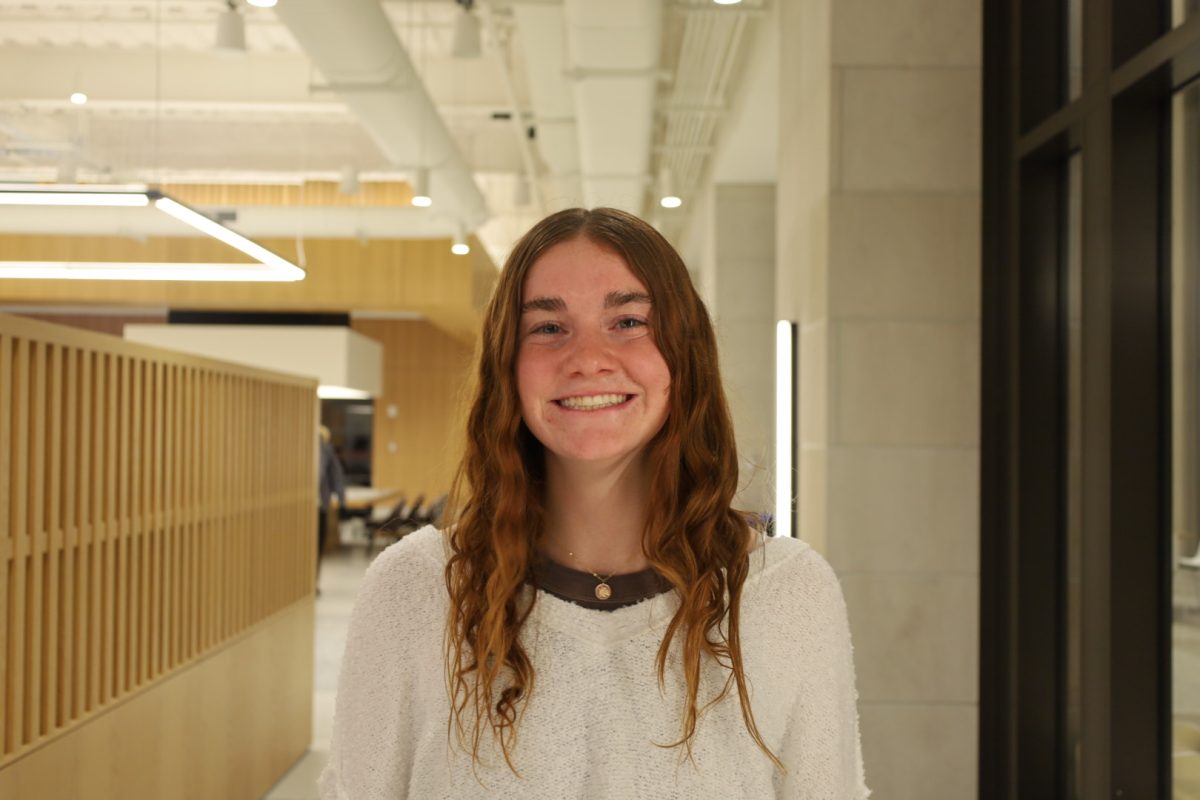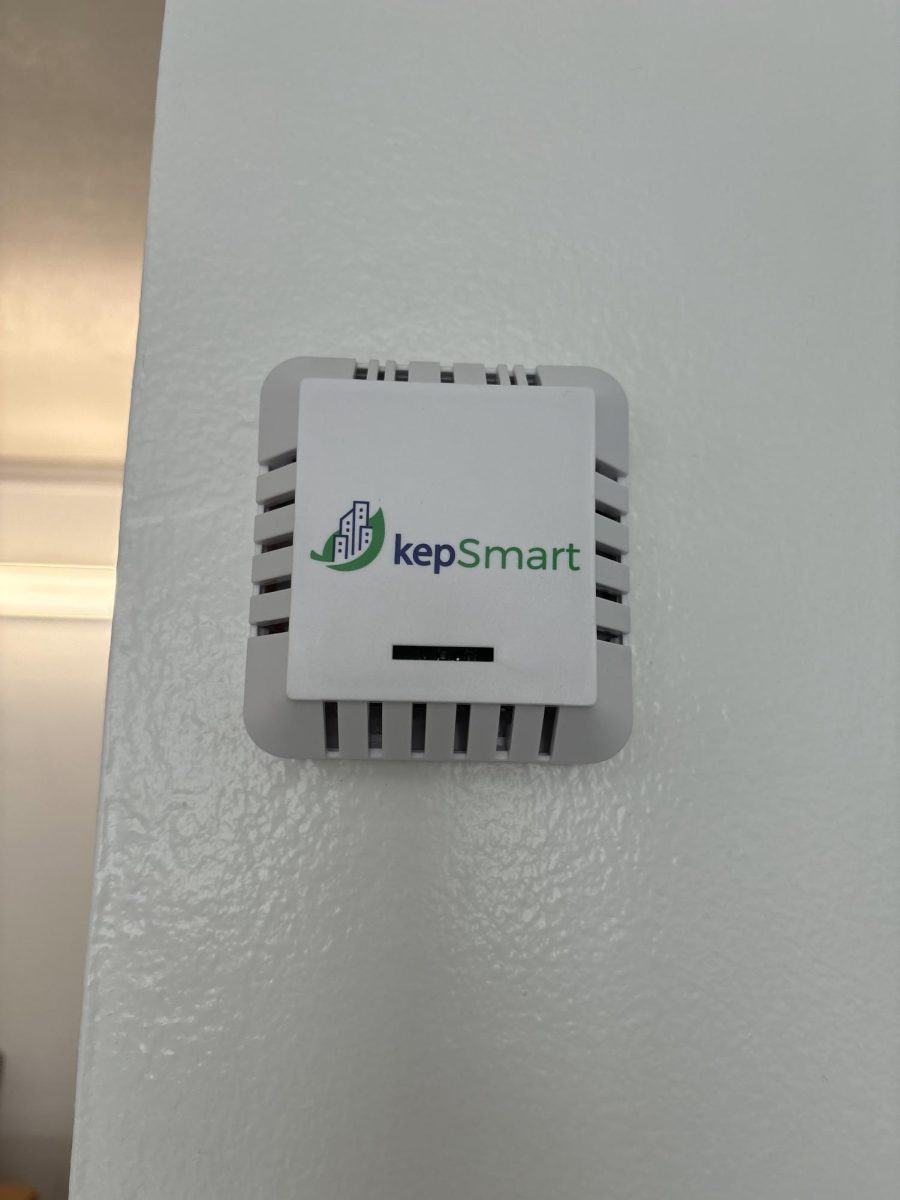During the summer, Fordham University began installing kepSmart sensors in Walsh Hall. These sensors are distributed under Kessler-Ellis Products (KEP) as part of their “energy solutions branch.” These sensors detect when people are present in the room in order to decide how much or how little to heat it. Rather than heating every room in an entire building the same way, the sensors use AI software to detect when less energy can be used.
“What we’re doing is applying new technology to old technology to reduce the amount of energy that’s being used in the building,” said Vice President of Administration Marco Valera. “It’s a fairly high-tech solution for a very antiquated heating system.”
All Fordham buildings built before the 1970s have steam heating systems, including most residence halls. Currently, these sensors are only installed in some Walsh apartments but will eventually be implemented throughout the rest of the building and other residence halls.
With these sensors, students will be able to control the heat of their room while they are present, but when they leave, the AI software will readjust the temperature to the most energy-efficient level.
“The software continually learns everything that affects a zone, eventually predicting how long it will take to raise the temperature one degree and how long it will take to lose a degree. With this knowledge, the system optimizes itself in real time to be as energy efficient as possible,” said Emil De Prete, chief operating officer of KEP.
The sensors will be placed in every room with a heating coil and will report back to a central computer. Rather than heating one building to one temperature, these sensors will adjust each individual room.
“We estimate that we can save about 30-40% of the amount of energy and thus CO2 emitted by our central plant for heating once these roll in,” said Valera.
The system uses occupancy sensors to evaluate when to heat the room. Emmarose Biason, FCRH ’26, lives in one of the rooms with the sensors installed, “I’ve heard that their main purpose is to reduce energy waste in dorm rooms and apartments, but I’m not super sure how they do that. My automatic assumption would be that they’re there to turn things off if there aren’t any occupants in the room, but I’ve never noticed my electronics or lights turning off when I’m not around or any evidence that they had been turned off, so I’m not sure exactly what the sensor is accomplishing,” she said. “I appreciate Fordham’s attempt to minimize energy waste, but I wish there had been more informed consent about the whole thing [like] an email letting us know that these would be put in or the option to not have them put in.”
According to Valera, facilities management worked alongside IT to ensure the safety of student data. “They’re completely compliant with all the safeguards around privacy,” he said. “There is no personal data involved, [students presence is] really just a blip, no other information is gathered.”
The complete installation throughout all buildings will cost around $700,000, with a return on investment of a year to a year and a half. The ones currently installed in Walsh should be operational by October, with the remainder of the sensors installed next summer. The installation process divides each building into zones, and each apartment can have multiple zones.
“A zone starts with a wireless temperature/humidity sensor. Next, we add motorized valve control on the heat/cooling source. This is powered and wirelessly controlled by our Sensor Control Unit (SCU). Finally, the zone is completed with a motion sensor that creates a history of occupancy to eliminate unnecessary heating or cooling,” said De Prete. “All of these sensors communicate with our Sensor Monitoring Unit (SMU), which is usually mounted in the hallway. Once the data is gathered at the SMU, the information is sent to the cloud, where all decisions are made.”
The Sustainability Committee of the United Student Government (USG) was unaware of the sensors. President of the USG sustainability committee, Regina Miller, FCRH ’26, is pleased that the administration is working towards sustainable solutions of their own volition.
“It’s just another piece of technology that we’re applying to meet our goals and reduce our greenhouse gas emissions,” said Valera. “We’re shooting for a 40% reduction by 2030. Right now, we’re close to a 30% reduction. We’re out there trying to use every tool available.”






































































































































































































Tenant • Nov 3, 2024 at 6:40 pm
This system was placed in my apartment building in Queens NY last year. It is a waste of money the tenants are constantly complaing to management and the city for lack of heat. Once it comes on it’s not constant it’s less than a 1/2 hour Unreal. DO NOT PURCHASE THIS SYSTEM THEY ARE ROBBING YOU